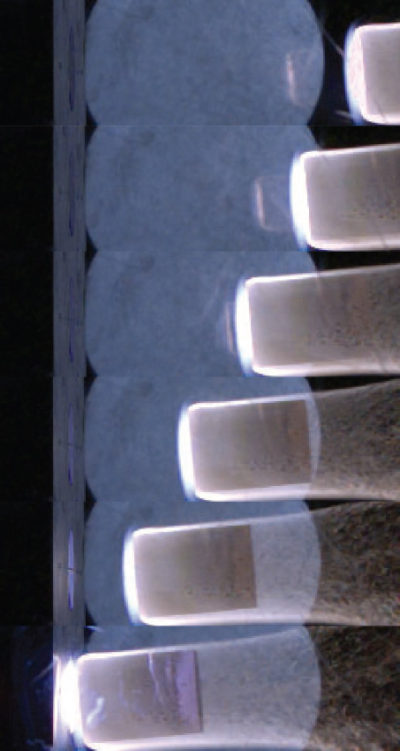Stay Up to Date
Submit your email address to receive the latest industry and Aerospace America news.
The Weapon System Effectiveness Technical Committee advances the science and technology of predicting, measuring, evaluating and improving the lethality of weapon systems.
This year witnessed a great increase in interest in the development of hypersonic weapons, defined as those that fly in the regime of Mach 5 to Mach 20 with the ability to maneuver in the atmosphere.
In March, President Putin of Russia announced in his state of the nation speech that Russia is developing maneuverable hypersonic missiles. On a large screen, he showed a conceptual animation of such a weapon in operation. China has a vigorous hypersonic research program as well.
In the U.S., meanwhile, former AIAA president Michael Griffin, the undersecretary of defense for research and engineering, elevated development of hypersonic weapons to a high priority. “We, today, do not have systems which can hold [adversaries] at risk in a corresponding manner, and we don’t have defenses against those systems,” he told Congress early in April. Griffin added that it is among the Pentagon’s “highest priorities to erase that disadvantage.”
Reflecting that priority, the U.S. awarded large contracts for development of hypersonic weapons under a rapid prototyping authority. In April, the Air Force awarded Lockheed Martin a $928 million contract to develop the boost-glide Hypersonic Conventional Strike Weapon. In August, Lockheed Martin received a second contract, this one for $480 million to develop the Air Launched Rapid Response Weapon.
The U.S. Army and Navy also are working on strike weapons that take advantage of the operation in the atmosphere to increase survivability and accuracy.
Ground test facilities geared up this year to address the aerothermal and structural research questions that need to be answered for the successful development of such systems. These include high-speed wind tunnels, arc-jet facilities, impact facilities, and a variety of systems for the thermal and mechanical testing of materials. Hypersonic flight conditions are nearly impossible to replicate for extended periods on the ground, but flight testing is also extremely expensive.
The challenge of operating in these regimes is the high heat flux rate into the vehicle. In hypersonic aerothermodynamics, the temperature is high enough around the vehicle that molecules break apart and reform. Accurate analysis of the flight in this regime includes understanding that chemistry. Speeds can be high enough that plasmas are formed around the vehicle that can interfere with communications, as experienced with returning space capsules and the space shuttle orbiters.
To defend against such weapons, the Missile Defense Agency in September awarded 21 $1 million contracts to conduct concept studies into possible defenses. Of these awards, five went to Lockheed Martin; four each went to Northrop Grumman and Raytheon; two each went to Boeing, Draper Labs and General Atomics; and BAE and L3 each received one.

Interest in hypersonic vehicle flight has waxed and waned over the years. This is essentially the fifth major wave into hypersonics. The first occurred at the beginning of the Space Age, with the X-15 and in understanding the re-entry environment for the Mercury, Gemini and Apollo capsules. The second wave occurred with the design of the space shuttle orbiters. Each orbiter executed a large S-turn in hypersonic flight to slow during re-entry, an example of the maneuverability of hypersonic vehicles. The third wave came with the National Aerospace Plane, or NASP, program, an unsuccessful effort to build an air-breathing single-stage-to-orbit vehicle. The fourth wave focused on supersonic combustion ramjet or scramjet technology, a kind of air-breathing engine, and finished with DARPA-funded experimental flights of the X-51 scramjet.
Hypersonic weapons come in two flavors, the boost-glide concept, in which a munition is boosted by a rocket and then glides back to Earth, similar to the space shuttle orbiters but not as big and fast. These weapons are within current technology and are the first being procured. The second approach would be air breathing weapons with more operational capability and extended range. Research into air-breathing propulsion continues with non-flight hardware.
Photo: An X-51A Waverider launched from a B-52 Stratofortress in 2010 as part of a DARPA-funded program. Credit: U.S. Air Force
Stay Up to Date
Submit your email address to receive the latest industry and Aerospace America news.




